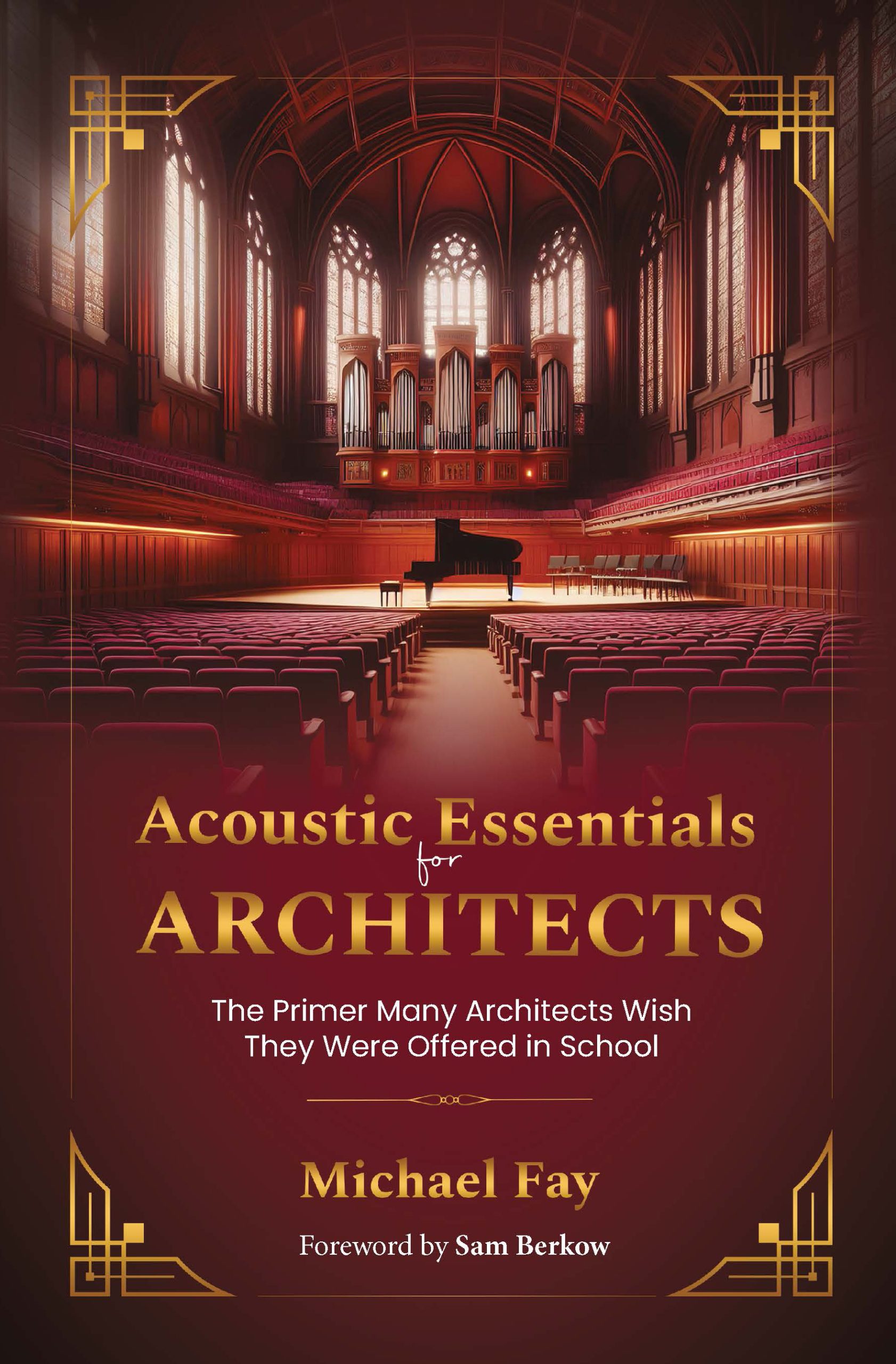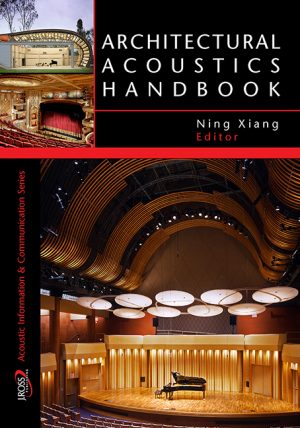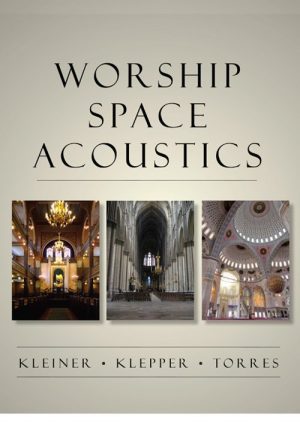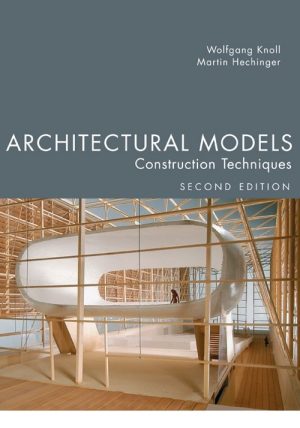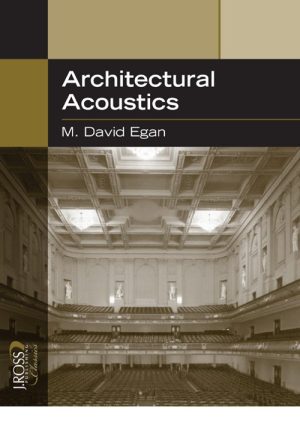Acoustic Essentials for Architects
$49.95
The Primer Many Architects Wish They Were Offered in School
Michael Fay
Foreword by Sam Berkow
Softcover, 6×9, 224 pages
ISBN: 978-1-60427-211-6
e-ISBN: 978-1-60427-866-8
June 2025
Description
Acoustics is a vital but often overlooked part of architecture. It is frequently misunderstood or not even offered in most architectural schools, so many architects do not receive the practical training necessary to maximize their designs. With this education gap in mind, Acoustic Essentials for Architects is the primer architects need to fill the void.
Written by an industry veteran with 45 years of hands-on experience in a low-tech, conversational style, it will help architects better understand and visualize the relationship between the physical shapes, textures, and dimensions of their work and how those design decisions impact the qualitative behavior of sound. This peer-reviewed book details the essential terminology and concepts of architectural acoustics, including why it’s so important to understand the incredible dimensional range of wavelengths between the lowest and highest audible sounds, the feasibility aspects of applied acoustics, and the trade-offs to blending architecture, acoustics, and pragmatism. It also explains the importance of interior seating symmetry for medium and large rooms and optimizing for speech intelligibility. With the information provided, architects can improve their designs by shifting from unintentional acoustical results to those that achieve a planned outcome.
About the author(s)
Michael Fay is the owner/principal of GraceNote Design Studio, a pro audio and acoustic design consultancy in San Diego, California. He is also a member of SynAudCon, the Audio Engineering Society (AES), the Acoustical Society of America (ASA), AVIXA, the Miramar College Audio Program Advisory Board, and a former member of the Art Institute Audio Program Advisory Board.
In his youth, Mike was a classically trained musician. That training ultimately led to a career in pro audio and acoustics that spans more than 45 years of audio and acoustical systems design, recording studio and live audio mixing, and technical writing. Now semi-retired, he spent the last 25 years of his full-time employment as a senior-level systems design engineer, executive project manager, technical integration manager, technical sales engineer, and acoustician.
Table of Contents
Introduction
Foreword by Sam Berkow
Chapter 1: Architectural Acoustics Defined
Chapter 2: What Is Sound?
Chapter 3: Sound Propagation
Chapter 4: Acoustical Lexicon
Chapter 5: Echo, Reverberation, and Resonance
Chapter 6: The Three Acoustical Tools
Chapter 7: Where Does All the Unused Sound Go?
Chapter 8: Room Geometry—The Good, the Bad, and the Ugly
Chapter 9: Acoustic Shadowing
Chapter 10: Speech Intelligibility
Chapter 11: Three Simple, Non-technical Acoustical Tests
Chapter 12: Noise
Chapter 13: Variable Acoustics
Chapter 14: Psychoacoustics
Chapter 15: Acoustical Pragmatism
Chapter 16: Modern Materials
Chapter 17: New Reverberation Design Goals: The T60 Slope Ratio Thesis
Chapter 18: Parametric Acoustics—Parametric Method of Acoustic Treatment
Chapter 19: Priorities Summarized
Chapter 20: Applied Acoustics
Chapter 21: The “Good Acoustics” Paradox
Coda
Appendix A
Index
Key Features
- Details exactly what sound is and why it is so hard to manage or control within a built environment
- Interprets how and why various audible frequencies behave differently when interacting with various materials, structures, shapes, and finishes
- Provides a convenient acoustical lexicon
- Explains the three acoustical tools available to both architects and acousticians and how they can benefit or hinder the work of each craft
- Describes how acoustical challenges differ between large and small rooms and how room geometry affects sound design
- Includes a detailed discussion on reverberation, echo, and resonance, including how they differ, which is better, and how much of each is optimal
- Useful for a variety of other industries and individuals, such as general contractors, interior designers, music schools, audio professionals, and the general public—anyone involved with or impacted by the interior design of a built environment
- WAV offers the T60 Slope Ratio Thesis (New Reverberation Design Goals for Modern Architectural Acoustic Environments), Parametric Acoustics, Second Edition (The Case for the Parametric Method of Acoustic Treatment), and Acoustic Shadowing (Unpacking Wave Numbers and Introducing the Wave Ratio Thesis)—available from the Web Added Value™ Download Resource Center at www.jrosspub.com
Reviews
“Fay’s Acoustic Essentials for Architects accomplishes what few books in this niche manage to do: it educates without overwhelming, advises without preaching, and supports collaboration without dumbing anything down. In a field where communication between disciplines can make or break a project, this book is a welcome translator. It’s highly recommended for anyone who wants to design spaces that don’t just look great, but sound great too.”
—Shannon McKnight, CTS-D, PMP, Principal Engineer, Sonawaves, LLC
You may also like…
Related products
-
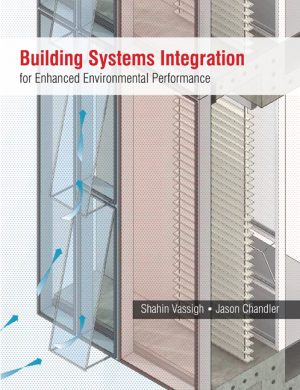
Building Systems Integration for Enhanced Environmental Performance
Retail Price: $89.95$79.95 Add to cart -

Geotechnical Engineering Handbook
Retail Price: $129.95$109.95 Add to cart -
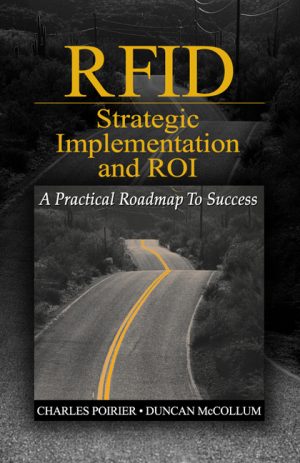
RFID Strategic Implementation and ROI
Retail Price: $49.95$44.95 Add to cart -
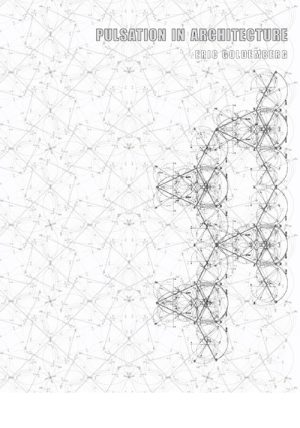
Pulsation in Architecture
Retail Price: $89.95$79.95 Add to cart -

Intellectual Property for Integrated Circuits
Retail Price: $99.95$89.95 Add to cart

